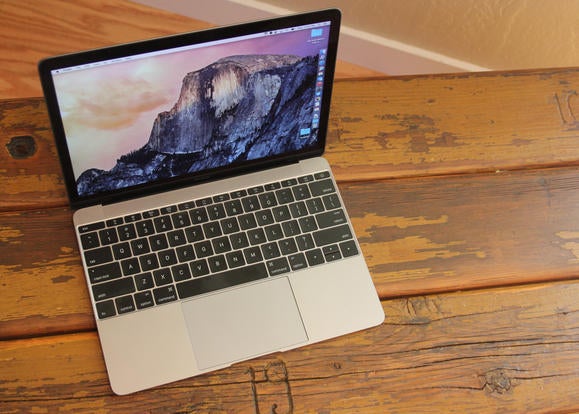- Onedrive For Business Mac Download
- Onedrive For Business Mac App
- Iks Onedrive For Business Available For Mac Os
- Onedrive For Business Mac Os

- Are there any OneDrive for Business videos or tutorials available? Can I use any character in file names store in OneDrive for Business? Can OneDrive for Business do real-time online collaboration? Does Microsoft offer online resources? Do I have to have a PC to use OneDrive for business? How can I benefit from using OneDrive for Business?
- The OneDrive for Business application for Mac and PC allows for the syncing of files to a user’s computer. This allows for a desktop copy for offline editing and a cloud copy for mobile access and high availability.
How to use OneDrive to Backup your Mac Desktop and Documents
In addition, OneDrive on-demand function is currently not supported on Mac. Cloud storage services are great for making files available remotely, but they can also take up space on your Mac. Both Dropbox and OneDrive, for example, sync everything you store in them with your Mac by default.
Onedrive For Business Mac Download
How to Sync Mac Desktop, Document with OneDrive OR OneDrive Business.
Like most of you reading this article, you are probably using OneDrive as your cloud document storage but can’t force the desktop, document or other folders on your MAC to sync with it. This short tutorial will show you how to do that. Before going any further I would like to credit Chris Hoffman @ How to Geek for his article on how to use Symbolic Links. After reading his article we use the same method to force Mac personal folders to sync with OneDrive or OneDrive Business. Please read his article to better understand Symbolic Links.

Prerequisite:
- Terminal application
- Source: Have the folder patch you want to sync with OneDrive ready or written notes
- Destination: Have the folder patch you want to store your local folders in OneDrive ready or written notes
- 5-10 minutes of your time.
Open Terminal application:
Press Command + Space, type “Terminal”, and then press “Enter” to open Terminal from Spotlight search.
Or
From the top right search icon type “Terminal” and then press “Enter” to open Terminal
Or
In Finder go to “Applications / Utilities / Terminal to launch it
Type the following commend in the Terminal:
ln -s /Users/username/Desktop /Users/username/”OneDrive – Company”/MBP
Whereas “username” is your account name. Note there is a space between the first (source) and second (Destination) patch name. Notice also the bracket in “OneDrive – Company”, this is because OneDrive for Business may have your company name with spaces. If you type the path without the brackets, it won’t find it. So, add brackets if you have spaces in your path name.
Onedrive For Business Mac App
Another example with picture below.
Once your Symbolic link is created, OneDrive will see the files/folders and start uploading the content. You simply have to continue working on your desktop, documents or any other folder and Onedrive will pick the files/folders and sync them
-->With OneDrive Files On-Demand, files can be in one of three states. Each of these states corresponds to a file attribute state.To query the current state of a file or folder, use the following command:


- /Applications/OneDrive.App/Contents/MacOS/OneDrive /getpin <Path to file or folder>
Iks Onedrive For Business Available For Mac Os
Scriptable commands
Use the following commands to set file and folder states.
| Files On-Demand state | File attribute state | Command |
|---|---|---|
| Always available | Pinned | /Applications/OneDrive.App/Contents/MacOS/OneDrive /setpin <path> |
| Locally available | Clearpin | /Applications/OneDrive.App/Contents/MacOS/OneDrive /clearpin <path> |
| Online-only | Unpinned | /Applications/OneDrive.App/Contents/MacOS/OneDrive /unpin <path> |
Note
Onedrive For Business Mac Os
To set the file attribute state for all items within a folder, add the /r parameter.
Pinning an online-only file makes the sync app download the file contents, and unpinning a downloaded file frees up space on the device by not storing the file contents locally.
To set an online-only file or folder to 'locally available,' you must first set it to 'always available.'
